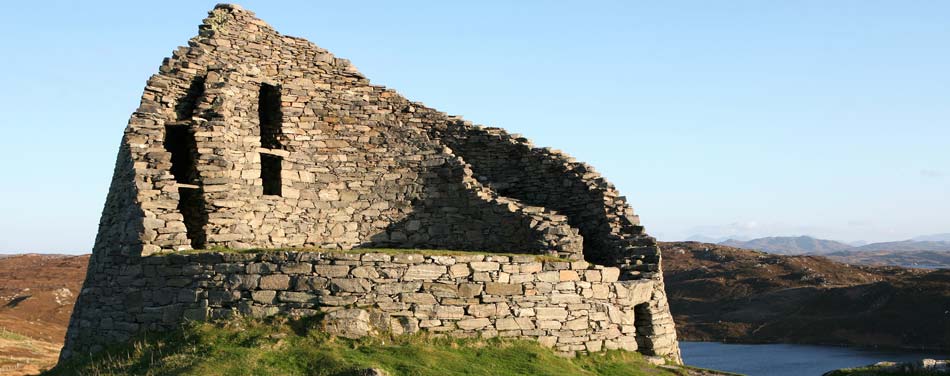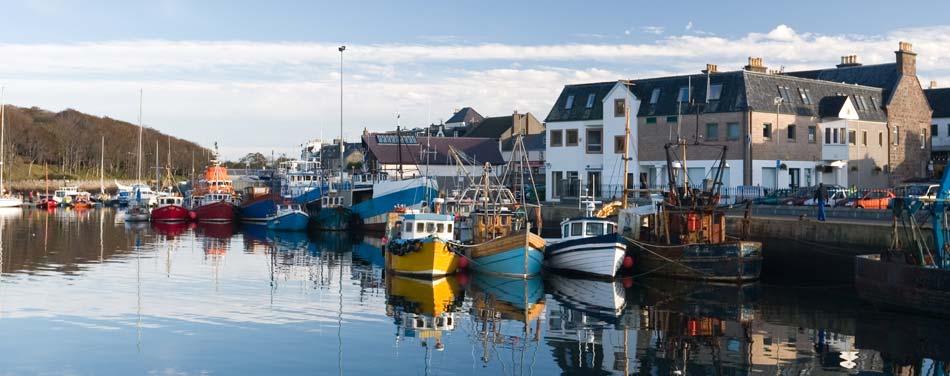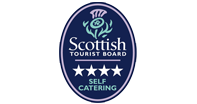
Getting here is part of the adventure...
Lewis is the largest of Britain’s offshore islands – bigger than Skye or Mull, Man or Wight – and our capital, Stornoway, is the largest west-coast town north of Fort William, boasting shops and supermarkets, a popular arts-centre (with cinema), banks, restaurants and a substantial hospital.
Confusingly, though in human terms a separate community and ‘island’ – until late Victorian times the mountains were a formidable barrier – Harris is part of the same landmass, and well worth an excursion from Glenview. (The Clisham is the highest hill in the Outer Hebrides and Harris besides has fantastic beaches.)
We’re much easier to get to than you might think. By air, your flight’s about twenty minutes from Inverness and less than an hour from Glasgow, Edinburgh or Aberdeen.
There’s a regular twice-daily ferry service from Ullapool – the ISLE OF LEWIS, a veritable mini-liner, is the biggest and fastest vessel in the Caledonian MacBrayne fleet, and with all amenities. Her still larger and more luxurious successor, the LOCH SEAFORTH, will take up up Stornoway service in the summer of 2014.
Many visitors – especially as part of a bigger Hebridean tour, or reluctant to drive the same road twice – like to come or go by the ferries from Harris. There are regular sailings from North Uist and it’s less than two hours from Tarbert to Uig in Skye. (An ‘Island Hopscotch’ ticket from CalMac, combining sailings by different routes of your choice for car and passengers, comes at a generous discount.)
Lewis has great beaches too. At Glenview, you’re scarcely ten minutes’ drive from Dalmore, just north of Carloway and with the most spectacular surf in the Hebrides. There are more at Dalbeg, Shawbost, and up near the Butt of Lewis; further bays of golden sand, across the island, from Coll to North Tolsta – and still more spectacular shores if you drive south by the Garynahine junction to the wild and lovely district of Uig,
We also have spectacular cliff-scenery – the signposted ‘West Side Coastal Walk,’ from Garenin to Arnol, is especially recommended. And, in sunshine, the great moors and low heathered hills of Lewis have their own subtle wonders: abundant birds, bees and tiny flowers, and loch upon loch teaming with wily brown trout.
Lewis takes her name from those Norse raiders, who quickly dubbed the island ‘Ljeodus’ – it means ‘a place abounding in pools.’ She’s often unkindly described as ‘treeless.’ In fact there are more about than you might think, from the wooded lanes of Laxdale to the splendid, sprawling forest of the Lews Castle Grounds, deep and green beside Stornoway harbor and abundant in paths for the ambler and mountain-bike trails for the intrepid.
Gaelic is still widely spoken on Lewis – especially here, and northwards up the West Side and you’ll find the locals sincere and kindly.
Please remember that this is still a crofting community. Respect the Country Code, leaves gates shut (or open) as you find them, and in very dry conditions take great care not to start a potentially dangerous heath-fire.
Especially, keep dogs on the lead around livestock; and be aware that practically everything is closed on Sundays, except for island hotels and one Stornoway filling-station.







